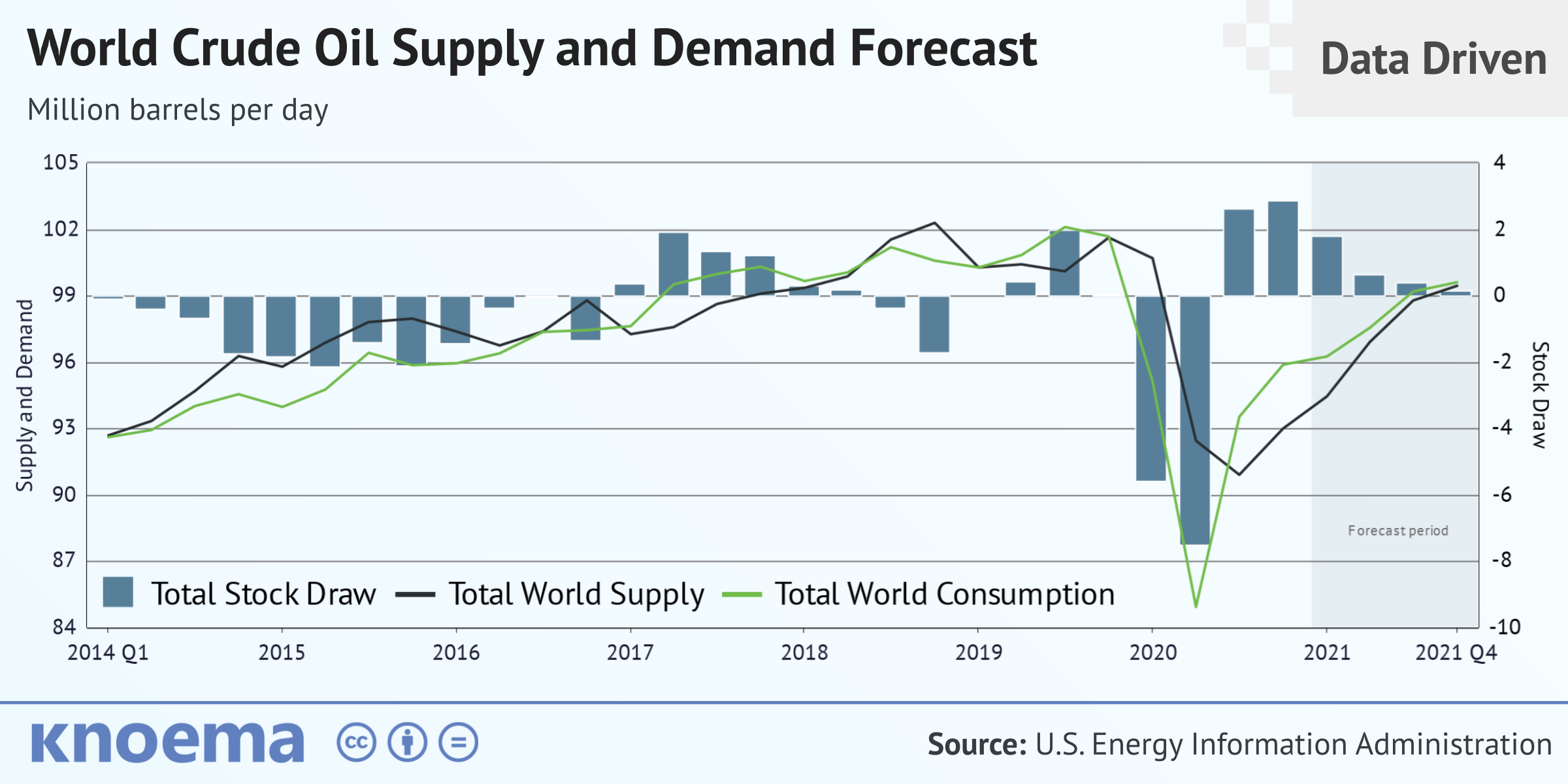


Utilizing leading-edge cleantech, these facilities will produce among the lowest greenhouse gas emissions for LNG production in the world. Energy Information Agency )Ī number of LNG export terminals have been proposed for Canada, but to date only two West Coast facilities are currently under construction, one is undergoing an expansion and there are proposals for two more. has gone from virtually no LNG exports to becoming now a dominant exporter of LNG around the world. Federal Energy Regulatory Commission has approved 15 LNG export plant proposals, most located on the U.S. However, Canada needs to act to meet this opportunity. (Source: IEA World Energy Outlook, 2021) Canada’s natural gas is uniquely positioned to meet that growing energy demand by developing a LNG industry. An onshore PSC with two producing oil fields and seven producing gas fields located in South Sumatra, Indonesia, adjacent to MedcoEnergis existing. World demand for natural gas is expected to increase 22% by 2040, driven by rapidly expanding Asian economies. Also, countries in the European Union, such as Latvia and Germany are actively looking to LN G imports as a way of reducing dependency on natural gas from Russia. U.S.Demand for natural gas in the form of liquefied natural gas (LNG) in India, China and Southeast Asia is growing. We expect oil demand to grow to 100.23 million barrels per day (mb/d) in 2022, up 3.5mb/d from 2021 and comfortably above the 2019 levels of 98.27mb/d. Oil refinery capacity in France 1998-2022 South Africa's crude oil refinery capacity by location 2017Īlberta's crude oil refinery capacity by refinery 2015 Oil refinery capacity in Germany 1970-2022Ĭapacity of oil refineries in Canada by region 2019 Western Canadian crude oil refining capacity by refinery 2018 Chevron, a multinational energy company with headquarters in California, had a crude oil refining capacity that handled 1.8 billion barrels of crude oil per day worldwide. 2 Production includes domestic production of crude oil, all. 73: World total: 99.89: 1 Oil includes crude oil, all other petroleum liquids, and biofuels.

Country: Million barrels per day: Share of world total: United States: 20.21: 20: Saudi Arabia: 12.14. In 2020, 2.8 billion barrels of crude oil were transported by pipelines to refineries throughout the United States. The 10 largest oil 1 producers and share of total world oil production 2 in 2022 3. The most common mode of transportation for their domestic crude oil refining was via pipelines. The North American country has consistently maintained the largest oil refinery capacity across the globe. In 2021, oil refinery capacity in the United States amounted to approximately 17.9 million barrels per day, while the actual refinery throughput was 17.5 million barrels of oil per day. 2022 Worldwide Oil Field Production Survey 825.00 SKU: E1077-22 Availability: This is a downloadable after purchase Product Users: Required Quantity: Description Reviews The Oil & Gas Journal's Worldwide Production Report is the source for this survey. However, the refinery throughput worldwide was over 79 million barrels of oil per day. As of 2021, the total global refinery capacity for crude oil was some around 101 million barrels per day. The global refinery capacity for crude oil has been steadily increasing since 1970. Common oil refinery products include diesel fuel, heating oil, and gasoline. Oil refineries process crude oil into more useful products. The United States had the world’s largest oil refinery capacity as of 2022, at nearly 18.1 million barrels of oil per day.


 0 kommentar(er)
0 kommentar(er)
